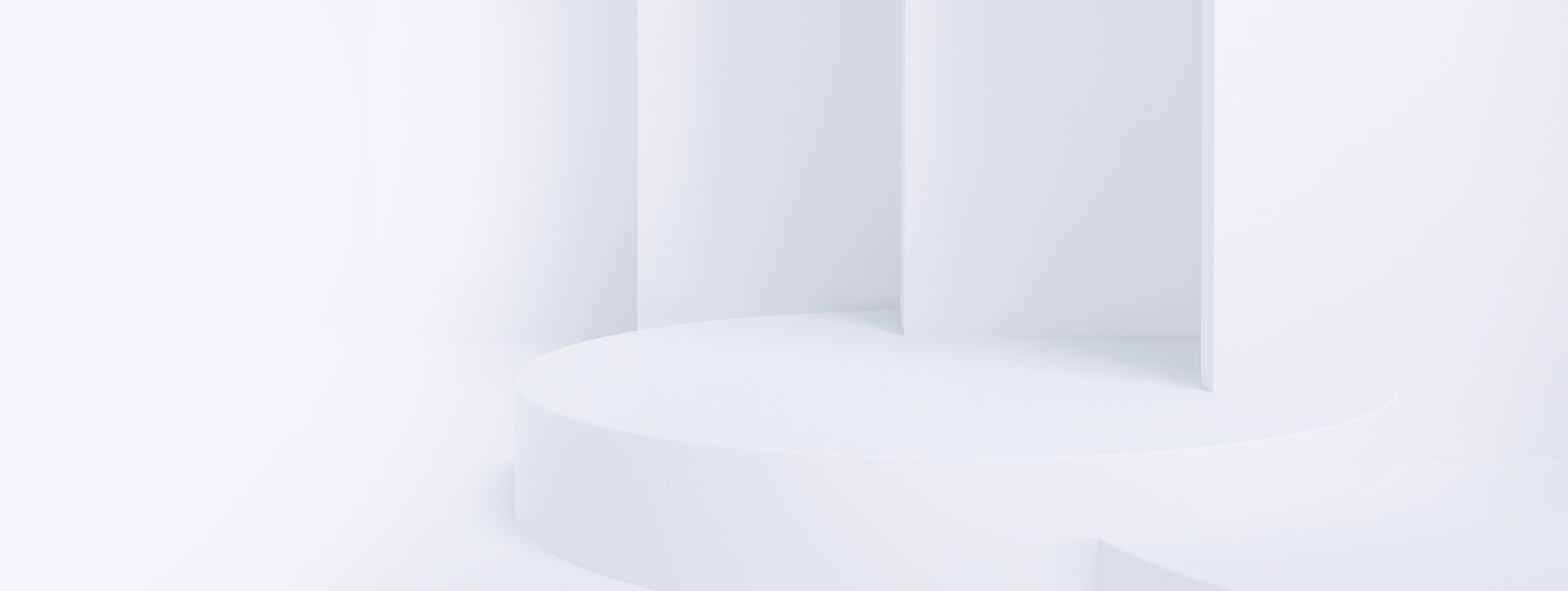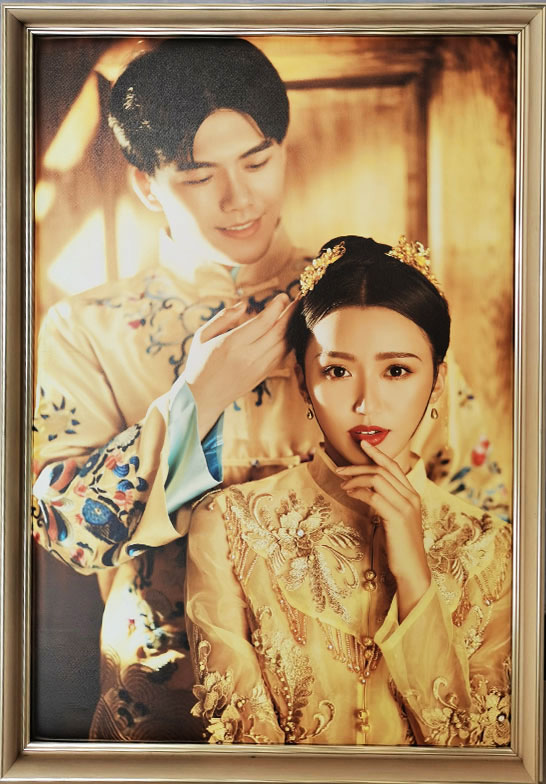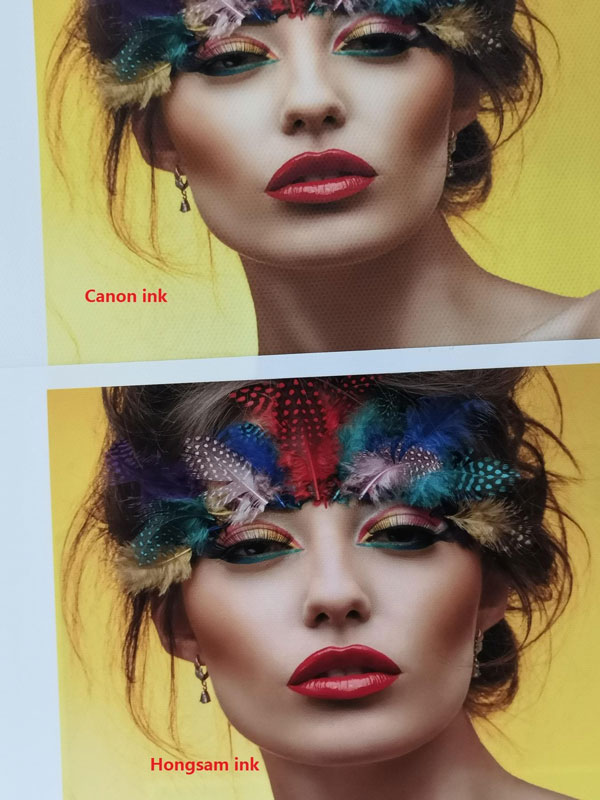- ▪ Compatible use with original inks.
-
▪ Excellent waterproof.
-
▪ Anti-light, UV resistance.
-
▪ No fading in 75-100 years indoors.
-
▪ Compatible use with original Epson inks


▪ Excellent waterproof.
▪ Anti-light, UV resistance.
▪ No fading in 75-100 years indoors.
▪ Compatible use with original Epson inks
 Brief Information
Brief Information
Brand:HONGSAM®
|
Product Name |
Colors |
Suitable PRINTERS |
|
Cpmpatible ink for Canon Large Format Printers |
PBK C M Y PC PM PGY R CO B G MBK GY FP OR V |
Canon Large Format Printers |
|
Compatible Ink for Canon Desktop Printers |
BK C M Y PC PM MBK |
Canon All Series Desktop Printers |
1. Photo printing applications: wedding photoser, children's portraits, group photos, ID photos, family photos .
2. Surveying and mapping applications: Maps, blueprints, line drawings and other drawings, pigment ink for map cloth can be waterproof and easy to carry.
3. Decorative painting applications: artwork reproduction, cultural and historical material reproduction, home decoration printing.
4. Advertising applications: indoor and outdoor photos, light boxes, banners.
5. Medical applications: medical film.
Complete chromatogram, bright color, wide color gamut, comparable to original ink.
Excellent waterproof, anti-scratch, anti-light, UV resistance, no fading in 75-100 years indoors.
 Printing Show
Printing Show




 Product Development Background
Product Development Background
In recent years, as the country vigorously advocates environmental protection, inkjet is rapidly replacing printing in the traditional silver salt imaging industry and becoming the main force in the market.
Today's digital age has made all recording methods simple. Smartphones allow you to capture every wonderful moment anytime, anywhere, and digital cameras allow you to easily capture master-level photos. Wedding photos and family photos, children's growth albums, graduation albums, personal portraits, life photos and ID photos, each photo has entered thousands of households, recording beauty and inheriting happiness. The output method of photos has also changed from complex chemical reactions to convenient physical changes. As the country vigorously advocates environmental protection, in the traditional silver salt imaging industry, inkjet is replacing printing with lightning speed and becoming the main force in the market. Inkjet imaging has been updated with absolute advantages.
Photo Output Accuracy
"Giclee" is the current mainstream of inkjet technology. "Hongcai 6" nano-pigment ink is fully suitable for "wave printing technology", "feather printing technology" and "turning flesh into ink droplet printing technology". No noise can be distinguished by the eye.
Photo Color Reproduction
The principle of silver salt imaging is that light shines on the silver halide, and the silver halide is converted into silver ions. After development and shaping with the liquid medicine, the silver particles are formed and fixed on the paper base to form a photo. It is a contact chemical change and produces waste liquid containing heavy metals. The three colors are yellow and magenta cyan, and the remaining colors are the superposition of the three primary colors. Pure black and bright red have always been a flaw in printing.
The principle of inkjet imaging is that inkjet ink is sprayed onto photographic paper through controlled printing. Hongsheng digital imaging ink comes in 12 colors, and spot colors can be added on special request. The color gamut and saturation are much larger than the three primary colors of printing, and the light colors make the transition of the image smoother, and the degree of restoration is far higher than that of traditional printing.
The color of the printed output has a great relationship with the silver content of the paper and the ratio of the potion. There are strict standards for the dosage and operation time of the liquid, but the temperature and concentration of the liquid are not easy to control, which will affect the quality of the printed photos, so the color of the prints is constantly changing. Color calibration is required every time you turn on the computer or load paper. Inkjet printing does not have this problem. The image is converted into numbers, and the computer and software accurately control where and how much ink is ejected in which color. Accurate color management can make two identical photos exactly the same.
Photo Storage Time
Traditional silver salt needs to be soaked in different acidic chemicals multiple times during the printing process, and is affected by temperature, humidity and light during the storage process. It is more likely to oxidize and fade in the air. Generally speaking, the storage time of black and white photos No more than 100 years old, and color phenomena will occur in color photos in 5-10 years.
The storage time of inkjet photos mainly depends on the ink and photo paper. The pigment particles are wrapped in a resin layer so that the ink itself does not come into contact with the air and does not undergo chemical changes. RC photo paper is also called gap photo paper and microporous photo paper. The base paper is the same as traditional photo paper. Both sides of the base paper are coated with waterproof PE coating. The coating uses nano-scale silica material. The particle diameter is 150 nanometers. (below) forms extremely fine inorganic-organic composite particles. After the ink is sprayed, it is quickly absorbed by the honeycomb-like micropores, fixing the pigment particles to form an image. This physical method allows inkjet photos to be preserved for 80-100 years.
To sum up, inkjet digital technology fully meets the requirements of imaging. Inkjet digital imaging equipment is superior in terms of energy consumption, environmental protection, media diversification, personalization, ultra-long format output, and unattended operation. Large-format inkjet printers generally consume about 100W when working, and the media of the inkjet printer Diversification makes imaging products richer, such as antique silk scrolls, specially customized liquor packaging and cigarette packaging for newlyweds, personalized and fashionable mobile phone cases, simple and warm photo walls, etc. Since inkjet printers are non-contact, the thickness of the media and the width of the printing format are not limited.